 Guest blogger Jake Kheel, Co-Director and Producer of Death by a Thousand Cuts Film
Guest blogger Jake Kheel, Co-Director and Producer of Death by a Thousand Cuts Film
In July 2016, I had the opportunity to present the findings from our film, “Death by a Thousand Cuts,” about accelerating deforestation and the illegal production of charcoal in the southern Dominican Republic, at the American Chamber of Commerce luncheon. The talk generated widespread indignation and initiated a month of steady media attention on the issue. My talk also elicited an immediate and direct response from numerous officials of the Ministry of Environment, in most cases denying that widespread deforestation is occurring or that the authorized production of charcoal represents a real threat.
Despite its denials, public pressure contributed to President Danilo Medina making a significant change in the Ministry of Environment. President Medina replaced the acting Minister of Environment with Francisco Dominguez Brito, the former Attorney General. Medina made the protection of the country’s water resources a central theme of his inaugural speech. On two consecutive surprise visits to rural communities, Medina spoke of the importance of stopping deforestation and threatened to imprison anyone caught cutting down trees. Within a month, the government’s tone changed from outright denial to recognizing the need for improved environmental management.
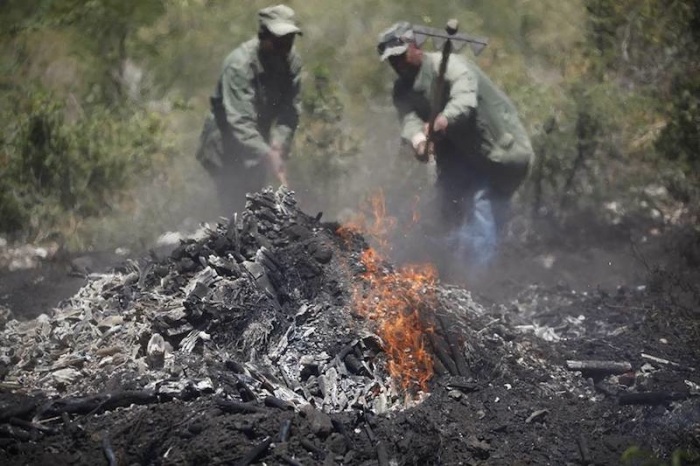
Dominguez Brito has acted quickly to pursue credible change. In his first week on the job, we screen “Death by a Thousand Cuts” together. The Minister has actively sought the opinions of environmental groups and members of civil society. He has conducted site visits to Valle Nuevo with local stakeholders, scientists and advocates and most recently declared major changes in land-use policy in the Valle Nuevo National Park to eliminate large-scale agricultural invasions. In only a few months, the Minister has actively sought to include different stakeholders in his decision-making and has generated a feeling of careful optimism towards his efforts.
However, many important considerations have stayed exactly the same. While the environmental community rightfully applauds the efforts of the new Minister, it is also clear that few, if any, structural and systematic changes have taken place within the Ministry of Environment. While the leadership and face of the Ministry has changed, to date, little else has.
For example, despite clear deficiencies in available resources, the Ministry relies on diminishing resources each year. Beginning several years ago, there has been an annual trend towards reductions in the Ministry’s annual operating budget. In 2015, the Ministry had an annual budget of 5.9 million pesos. In 2016 that was reduced to 5.6 million pesos, notwithstanding existing weaknesses in the Ministry’s current capability to monitor, control, and protect its protected areas, its primary watersheds, and to implement the most basic objectives of Environmental Law 64-00.
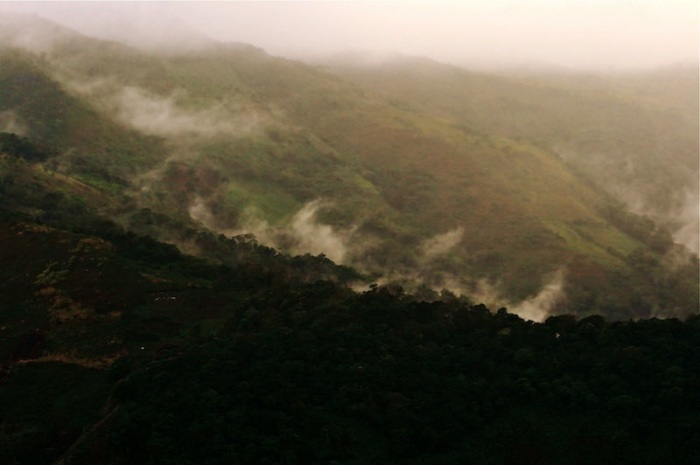
In even the briefest of visits to any of the protected areas in the country, it is alarmingly clear that few of the parks have sufficient personal, vehicles, basic materials, or infrastructure. The parks face a myriad of threats: powerful agriculturists, charcoal-producers, poachers, mining and development interests and the establishment of new communities within the park boundaries. Despite the efforts of environmental groups, until the nations’ protected areas become a priority for the Dominican government, including sufficient budget to manage them, they will continue to languish. It will be interesting to see if the Ministry budget for 2017, set to be released in November, reflects the governments’ newfound interest in environmental protection.
Similarly, many of the same officials—including near all of the Vice-Ministers —occupy the same positions. They have maintained their positions despite clear evidence that many of the worst environmental violations in the last few years occurred under their direct supervision.
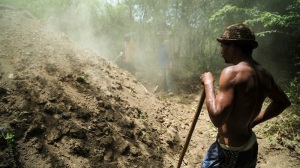 The devastation of the national parks in recent years is one of the most obvious cases of mismanagement. In a University of Maryland study entitled “High-Resolution Global Maps of 21st Century Forest Cover Change,” researchers documented losses of 317 square kilometers (122 square miles) of native forest from the country’s protected areas. In particular, the Sierra de Bahoruco lost 58 kilometers (22 square miles) of forest, Valle Nuevo lost 21 square kilometers (8 square miles) of native forest and José del Carmen Ramirez National Park lost 89 square kilometers of forest (34 square miles), equivalent to 12% of the total park area. If the protected areas are to be truly protected, they will need more effective management, increased resources, and realistic alternatives for many of the poor living in and around the protected areas. Most importantly, there needs to be greater accountability for the officials in charge of the protected areas.
The devastation of the national parks in recent years is one of the most obvious cases of mismanagement. In a University of Maryland study entitled “High-Resolution Global Maps of 21st Century Forest Cover Change,” researchers documented losses of 317 square kilometers (122 square miles) of native forest from the country’s protected areas. In particular, the Sierra de Bahoruco lost 58 kilometers (22 square miles) of forest, Valle Nuevo lost 21 square kilometers (8 square miles) of native forest and José del Carmen Ramirez National Park lost 89 square kilometers of forest (34 square miles), equivalent to 12% of the total park area. If the protected areas are to be truly protected, they will need more effective management, increased resources, and realistic alternatives for many of the poor living in and around the protected areas. Most importantly, there needs to be greater accountability for the officials in charge of the protected areas.
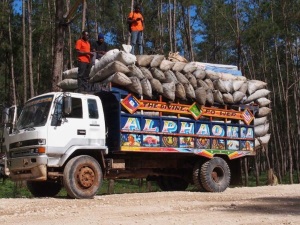 While most of the protected areas have been negatively impacted, the country has utilized its forests to become (according to Energy Wire) one of the largest exporters of wood charcoal to the United States, competing with Canada, Brazil and Argentina. Small groups of producers have been permitted by the Ministry to harvest large areas of forest for export as barbeque charcoal. Forestry oversight, meant to insure that native forest, endangered species, and protected areas are not impacted from authorized charcoal production, is questionable. Yet no changes have been made to stop this practice or to insure accountability.
While most of the protected areas have been negatively impacted, the country has utilized its forests to become (according to Energy Wire) one of the largest exporters of wood charcoal to the United States, competing with Canada, Brazil and Argentina. Small groups of producers have been permitted by the Ministry to harvest large areas of forest for export as barbeque charcoal. Forestry oversight, meant to insure that native forest, endangered species, and protected areas are not impacted from authorized charcoal production, is questionable. Yet no changes have been made to stop this practice or to insure accountability.
In spite of the confidence inspired by the early efforts of Dominguez Brito, there still needs to be comprehensive changes throughout the Ministry of Environment to insure repeated environmental violations are not perpetrated in the future. Specifically, there needs to be a significant increase in transparency and accountability on the part of the officials in charge of enforcing the nations environmental laws.
Similarly, the Ministry needs to institutionalize public participation as a basic principle of the Ministry of Environment, moving beyond legally required public hearings for new environmental permits to more expansive mechanisms. These should include regular stakeholder meetings around protected areas, the creation of a functioning formal mechanism to document environmental denouncements and opportunities for public comment on appointments within the Ministry. The new Minister has opened the door to greater participation and transparency, but this welcome change should not be dependent on one individual alone.
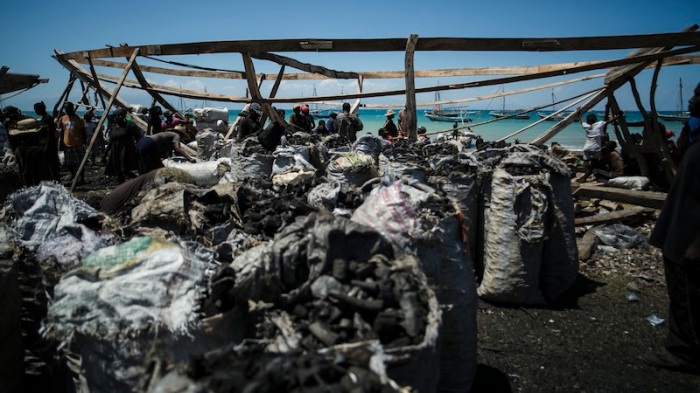
Death by a Thousand Cuts calls attention to a drama that is quietly playing out along the border. However, many of the issues impacting the Sierra de Bahoruco are also impacting forests throughout the country. Until the country’s natural resources are prioritized, both with financial resources and structural changes within the Ministry of Environment itself, the underlying issues causing environmental degradation will make the recent optimism of lasting change short-lived.
